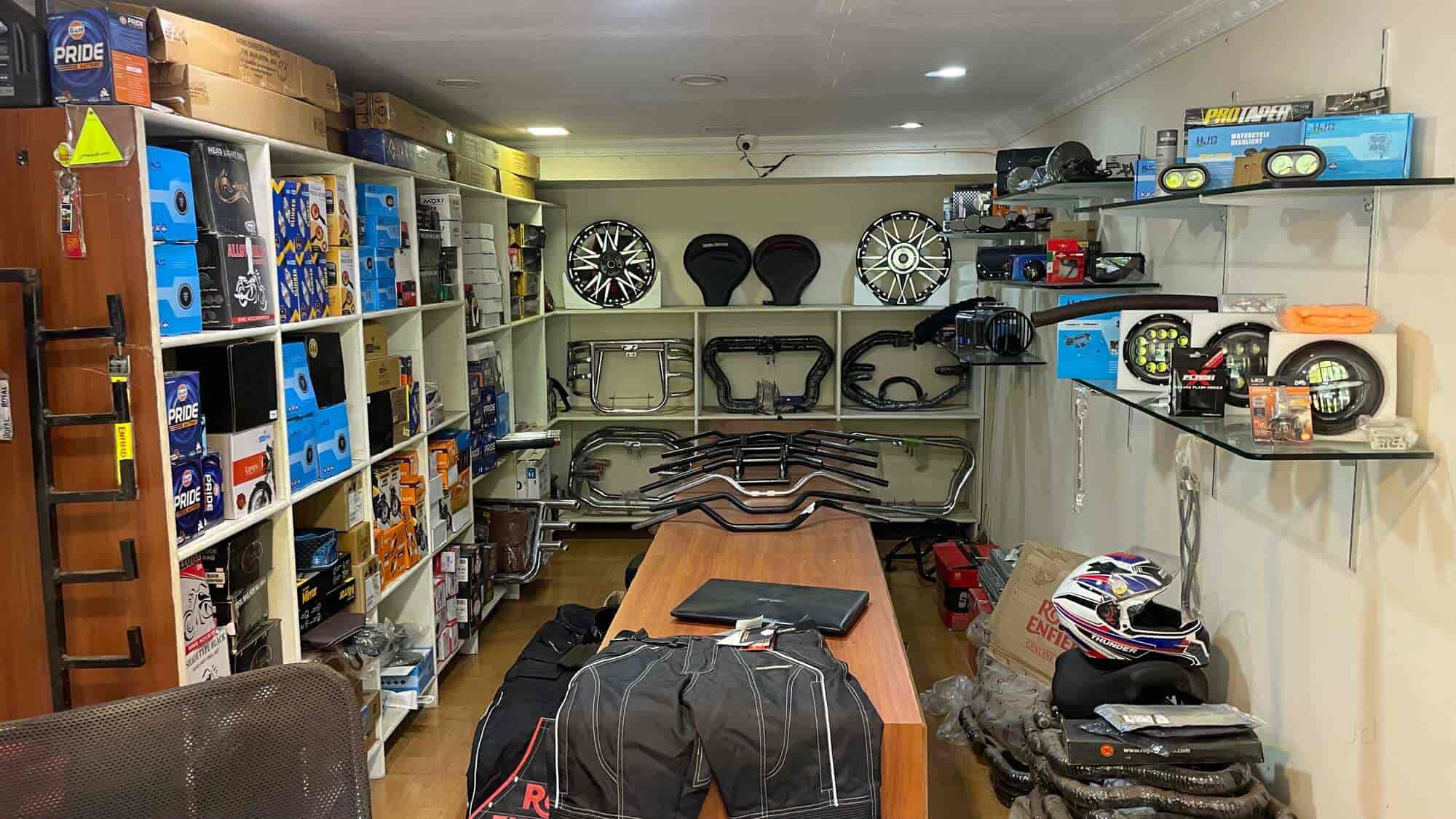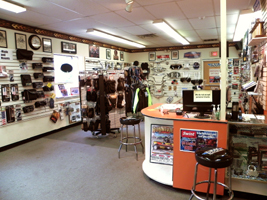A Thorough Look at Bike Parts: What Every Biker Ought To Know
A detailed understanding of motorcycle components is not simply advantageous however vital for any biker intending to make the most of efficiency and security. Each component, from the engine's elaborate operations to the dependability of brake systems, plays a critical duty in the general experience and performance of the bike. Nonetheless, beyond just understanding what these parts do, it is vital to appreciate how they engage and sustain one another. This interconnectedness can make the distinction between a smooth experience and unexpected difficulties. What details lie within this mechanical harmony that every rider should grasp?
Comprehending the Engine
The engine, commonly pertained to as the heart of a motorcycle, is a complex setting up of components that operate in harmony to convert gas into activity. At its core, the engine's main feature involves the combustion process, where air and gas mix and fire up within the cylinders, resulting in controlled surges that drive the pistons. These pistons go up and down, transforming chemical energy right into mechanical energy, which consequently transforms the crankshaft, ultimately powering the bike.

Comprehending the complexities of a bike engine is important for lovers and cyclists alike. It not just offers insight into just how motorbikes accomplish their excellent power and rate yet additionally help in reliable maintenance and troubleshooting, making certain durability and dependability when traveling.
Suspension Systems
While the engine powers the bike, the shock absorber plays a vital duty in making sure a regulated and smooth experience. The suspension system is liable for soaking up shocks from the roadway surface area, maintaining tire call, and offering security during cornering and braking. It comprises 2 primary parts: the front forks and the back shock absorbers.
Front forks are usually telescopic, including a springtime and wetting system. The spring extends and presses to soak up bumps, while the dampening device regulates the activity to prevent excessive bouncing. This mix makes sure the front wheel stays touching the roadway, offering exceptional handling and comfort.
The back suspension, generally a monoshock or twin-shock arrangement, functions similarly to the front suspension but is tailored to sustain the motorcycle's weight and biker - motorcycle shop. It takes care of back wheel motion, adding to the bike's general balance and responsiveness
Suspension systems can be adjustable, allowing motorcyclists to fine-tune preload, compression, and rebound setups according to individual preferences and riding conditions. This adjustability boosts efficiency by optimizing the motorbike's interaction with diverse surfaces. In summary, an effective suspension system is important for biker convenience, safety and security, and the motorcycle's taking care of prowess.
Brake Elements
Stopping power is an essential facet of motorbike security, and it hinges on the performance of the brake components. The key aspects of a visite site motorbike's braking system consist of the brake pads, calipers, blades, and master cyndrical tube. mx gear nz. Each of these parts plays an essential duty in making sure effective braking efficiency
Brake pads are important as they develop the required rubbing versus the rotors to decrease or quit the motorbike. Built from products such as sintered steel or natural compounds, the choice of brake pad material dramatically influences efficiency and long life. Calipers, housing the brake pads, apply stress to the pads when the brake This Site lever is involved, promoting call with the rotors.
The blades, typically made from stainless-steel or cast iron, are installed to the wheels and serve as the surface against which the brake pads press. Their style, including diameter and density, impacts heat dissipation and stopping power. The master cyndrical tube, linked to the brake lever, creates hydraulic pressure sent through brake lines to the calipers, guaranteeing regular stopping force.
Routine maintenance and evaluation of these components are essential for ideal performance, preventing wear and making sure cyclist safety and security on the roadway.
Tire Basics
Beyond keeping robust stopping systems, making certain ideal tire efficiency is just as significant for motorcycle safety and security and effectiveness. Tires are the sole contact factor between the motorcycle and the roadway, making their condition essential in managing, stability, and overall adventure quality. Choosing the suitable tire type is essential, as it directly affects grip and efficiency. Options range from exploring to sport tires, each designed to suit specific riding styles and conditions.

In addition, take into consideration the tire's age. Rubber compounds degrade gradually, even if tread appears ample. Inspect the sidewall for the DOT (Division of Transportation) code to identify the tire's age. Usually, replacement is encouraged every 5 years, despite wear. Spending attention in these tire fundamentals not only maximizes performance but likewise substantially enhances riding safety and security.
Electrical Solutions
In the realm of motorbike maintenance, the electric system helpful site plays a crucial function in guaranteeing reputable efficiency and cyclist security. This elaborate network encompasses vital components such as the battery, generator, starter motor, and circuitry harness. Each element is essential for the seamless procedure of the motorbike, from ignition to illumination and interaction with different sensors.
The battery works as the heart of the electrical system, offering the required power to begin the engine and run accessories. Routinely checking the battery's voltage and terminals for rust is crucial to stop unforeseen failures. The generator, on the other hand, reenergizes the battery while the engine is running, ensuring a constant power supply.
To keep it, motorcyclists should pay attention to any unusual noises or problems throughout startup. Making sure that the wires are free and intact from damages is important for making certain and preventing short circuits performance.
Final Thought

Quiting power is a basic element of motorbike security, and it pivots on the effectiveness of the brake elements. The primary elements of a motorcycle's stopping system consist of the brake pads, calipers, rotors, and master cylinder.Brake pads are necessary as they produce the needed rubbing against the blades to reduce down or quit the bike.Beyond preserving durable braking systems, ensuring ideal tire performance is equally considerable for motorbike safety and performance.In the world of motorbike maintenance, the electrical system plays a crucial role in ensuring reliable efficiency and cyclist security.